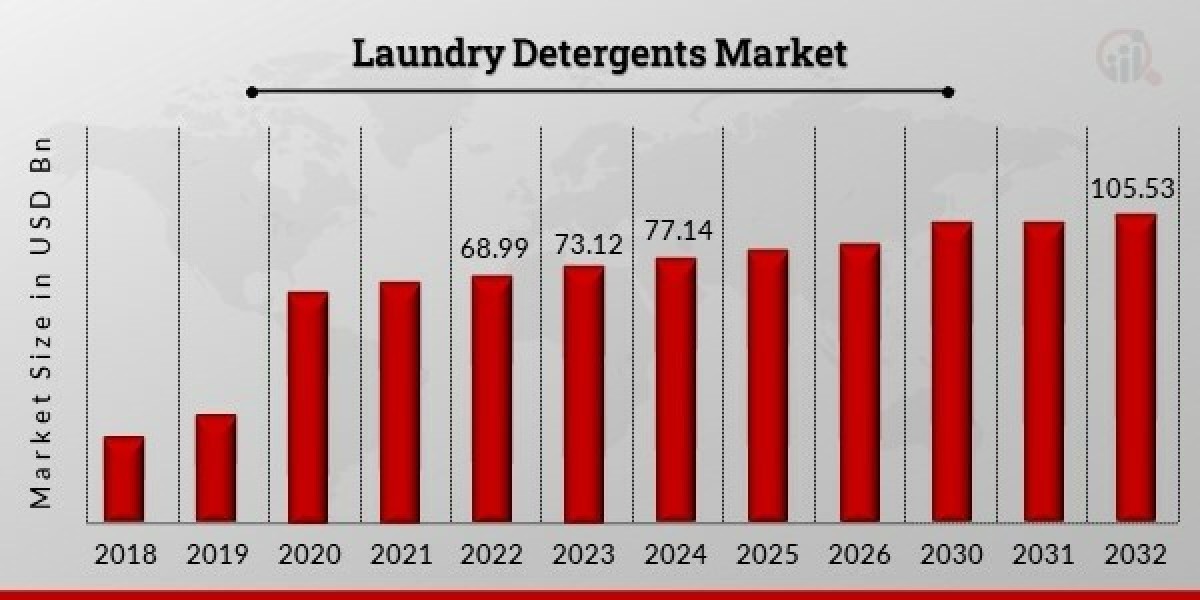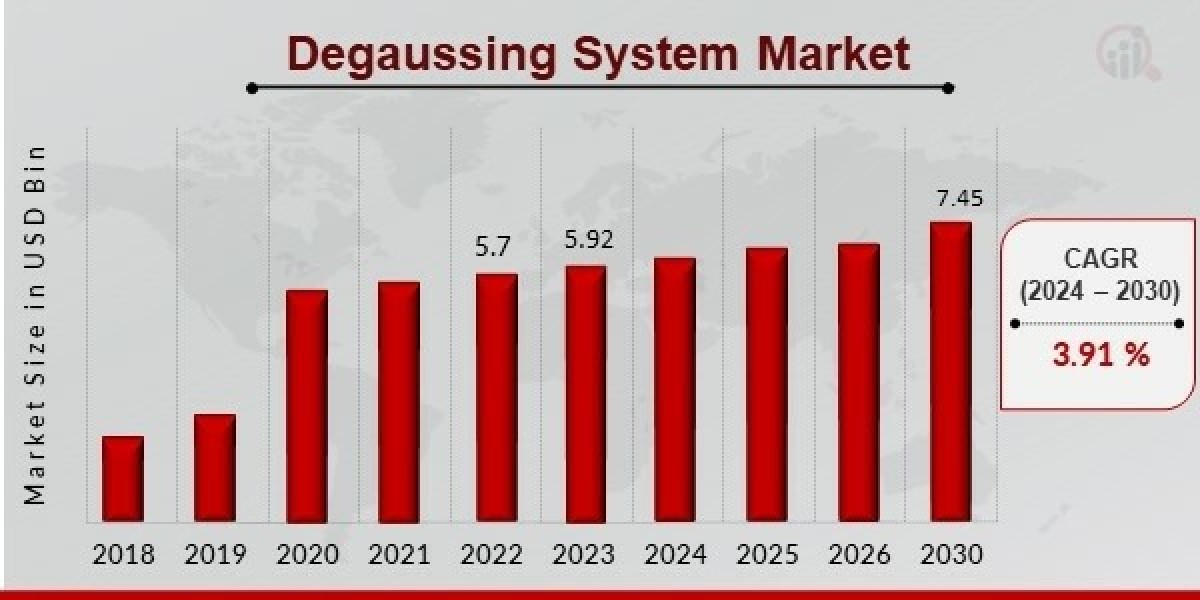The rise of high-efficiency (HE) appliances has reshaped detergent chemistry, retail education, and household routines. HE washers use less water and rely on tumbling rather than agitation, demanding low-sudsing, quick-dispersing formulations that prevent residue and maintain machine health. Detergents tuned for these systems focus on concentrated actives, precise dosing, and rinse-friendly profiles, enabling effective cleaning in cold and short cycles.
Low-foam surfactant systems are foundational. Excess suds trap soils and impede mechanical action in HE drums; optimized surfactant blends prevent foam overload while preserving soil lift. Enzyme packages curated for lower temperatures—especially protease and amylase—deliver stain removal without thermal assistance, while anti-redeposition polymers keep soils suspended in minimal water volumes.
Dosing discipline determines outcomes. Overuse in HE machines leads to film, odors, and sensor issues; underuse compromises cleaning. Brands that provide clear caps, pump metrics, and QR-based guides for load size, soil level, and water hardness reduce variability and service calls. Machine makers and detergent brands increasingly collaborate on co-branded guidance, aligning chemistry with appliance cycles.
Fragrance and additive strategy shifts with HE constraints. Encapsulation that releases during wear must balance with low-rinse volumes to avoid buildup, and softener compatibility messaging prevents cationic-anionic conflicts that dull fabrics. Anti-odor technologies—targeting malodor precursors from sweat and sebum—are gaining traction, especially for athleisure and synthetic blends.
Sustainability dovetails with efficiency. Cold-water efficacy paired with concentrated dosing cuts energy use and packaging per wash, while biodegradable components and recyclable containers strengthen the environmental case. Microfiber awareness is rising; laundry bags and lower-friction cycles reduce fiber shedding, a value-add in eco-conscious segments.
Retailers benefit from task-based assortments: HE-specific detergents for mixed loads, sport formulas for synthetics, and delicate cycles care for wools and silks, all anchored by clear HE compatibility. Subscription models that replenish based on average household cycle counts prevent stockouts and overbuying.
As HE penetration deepens globally, education remains pivotal. In-aisle signage, appliance partnership inserts, and post-purchase emails ensure correct setup and dosing from day one—minimizing returns and boosting satisfaction.
For an end-to-end market view spanning formats, pricing, and regional uptake within the Laundry Detergents Market, review the latest analyses, and for appliance-aligned chemistry, track advancements in high-efficiency laundry detergents.








